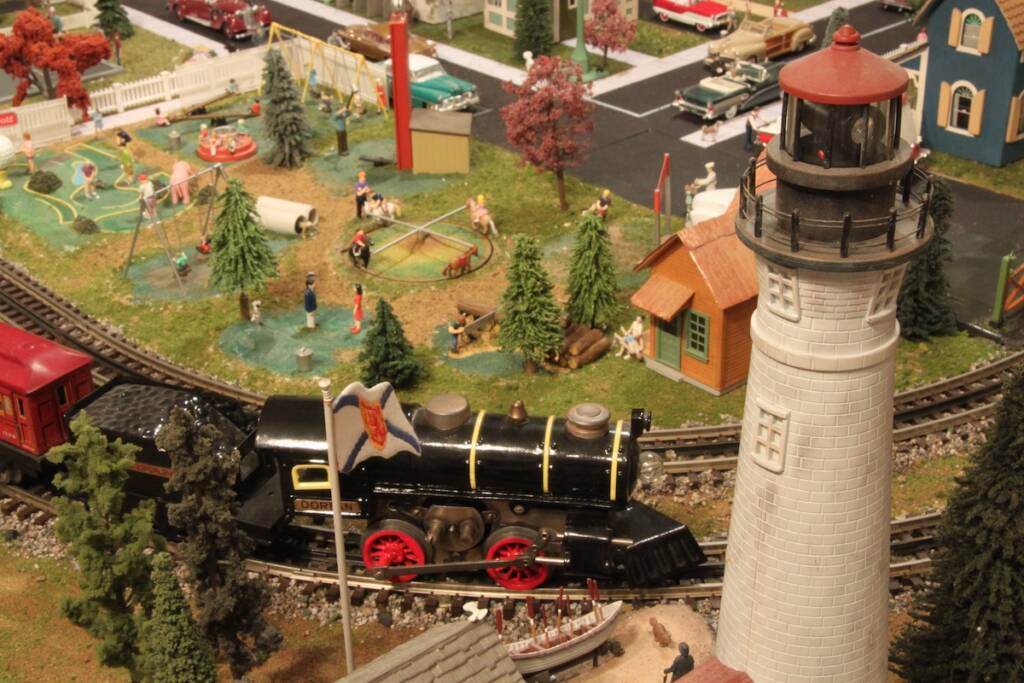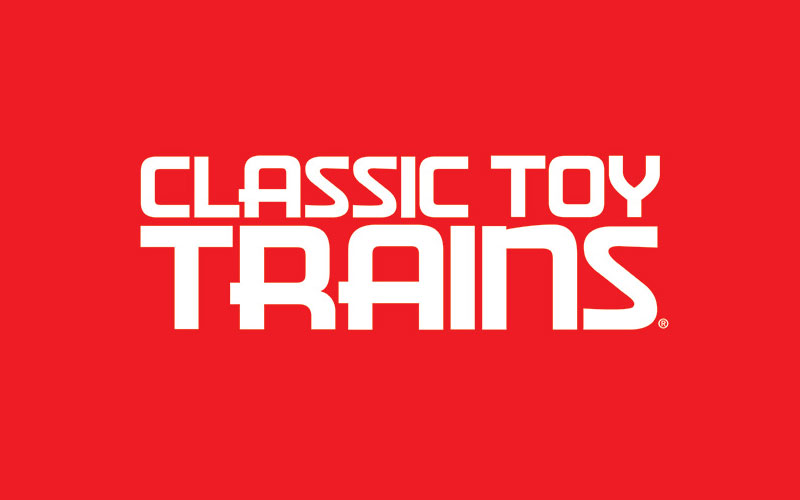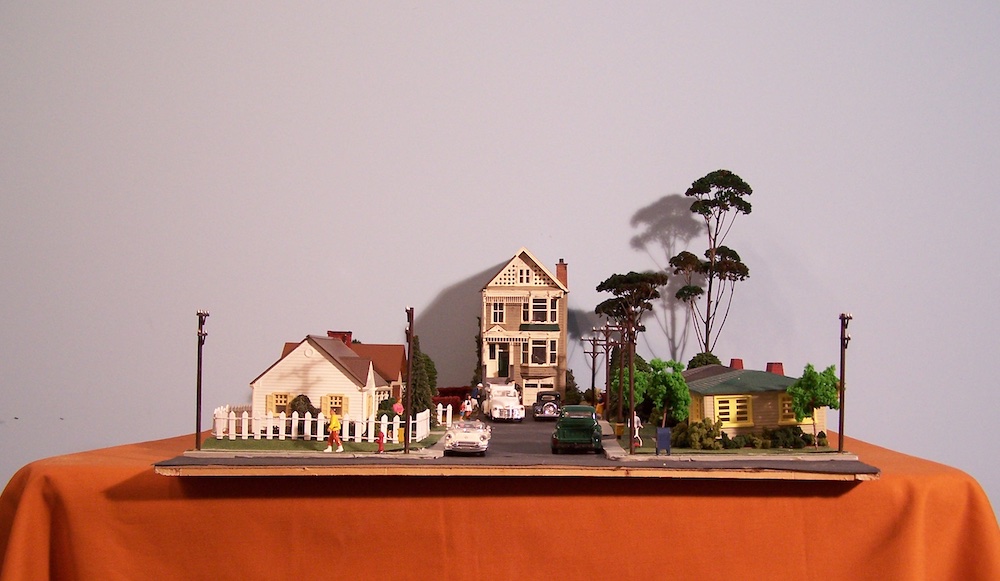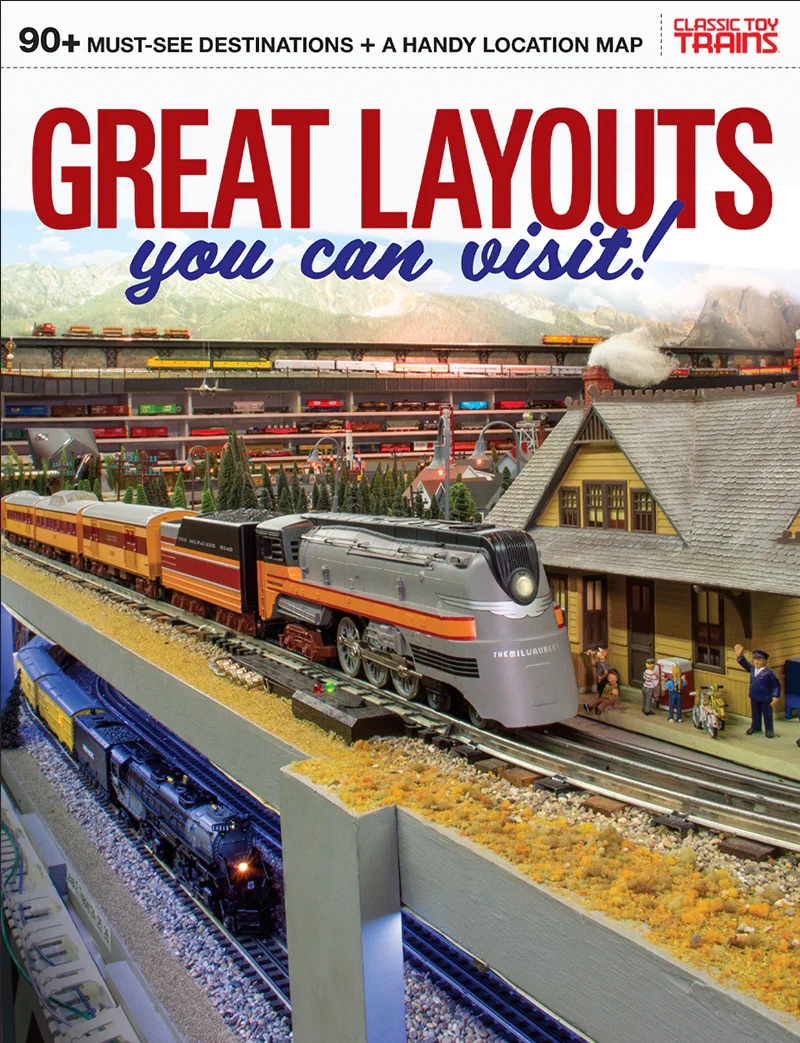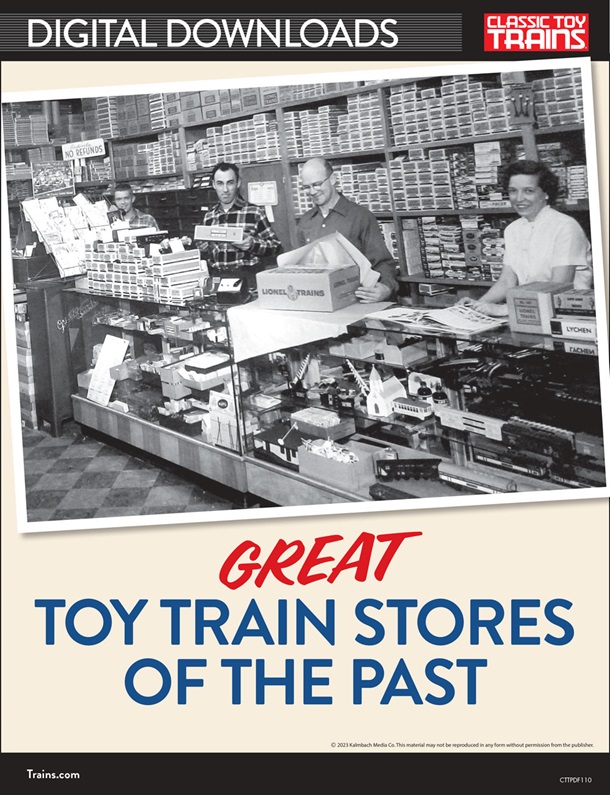If we are fortunate enough to have good genes, avoid fatal accidents, and escape catastrophic illness, it will come to all of us: old age. Model railroaders with huge layouts face a unique set of problems as the years pass by. There are several signs that may tell you it’s time to downsize:
- Half of your signals, some of your turnouts, and several operating accessories no longer function properly, and you keep putting off making the necessary repairs because an hour spent sitting on the floor under the layout to troubleshoot the wiring results in three days of pain in your lower back.
- While revising your will, you suddenly realize that your heirs will probably have no idea how to dismantle the layout and dispose of your gigantic train collection.
- Perhaps operating a massive layout is simply not as much fun as it used to be.
If any or all of these conditions apply to you, it may be time to take your hobby in a new direction, as I did. After some soul-searching, I concluded that my interests had changed considerably over the years, and that my 16-by-32 foot layout no longer satisfied me. In fact, I had come to view maintaining it as a burden.

My interest in the hobby hadn’t waned, however. It had simply changed, and I decided that a smaller six-by-ten-foot railroad (photo 1) could satisfy my needs.
This meant that at least 80% of my collection had to go. Deciding what to sell or send to auction proved to be easier than I expected. I quickly determined that I no longer paid much attention to my massive modem-era locomotives and rolling stock or most of the large operating accessories that once fascinated me. I found myself drawn to my roster of prewar and postwar trains, some dating back more than 100 years, that started me in the hobby many decades ago.
However, many of these older models do not pass easily (or at all) through the close tolerances of modem turnouts and crossings. That led to an important decision. The new track plan would consist of two simple concentric loops, with no turnouts to impede the large flanges and oversized gears on some of my antiques. I was sure that the enjoyment of operating the historic equipment that I had kept in running condition for many years would more than outweigh the loss of complex operation.
I also knew that a smaller layout, only 60 square feet, would need a theme consistent with the vintage nature of most of my trains. The choice was obvious. I would model an era that I knew something about first-hand, small-town America in the late 1940s and early 50s which was a period of change in railroading that embraced both old and new.

My layout would contain the following:
- A small residential area (photos 2 and 3), where people wash their cars, ride their bikes, walk their dogs, go to school, are married at a local church, receive the occasional traffic ticket, and get on with their ordinary, but still special, lives.
- A compact commercial district with lots of activity and traffic, a general store and soda shop, a school, a diner, a gas station, a fire department, and especially a public park (photo 4).
- A train station, of course (photo 5), once a major hub in any small American town lucky enough to have passenger rail service.
- A small industrial area (photo 6) to provide employment for some of the town’s residents and to ensure a steady supply of freight for the trains to deliver, as well as to preserve for visiting grandchildren some of the operating accessories that captivated them on my large layout.
- Finally, as an element of nostalgia, a rural atmosphere similar to the seacoast surroundings of my youth (photo 7). The simple but effective scenery is consistent with the toy train nature of the layout, as opposed to the meticulous realism of a scale empire.

Readers may judge for themselves how well I achieved my goals by examining these sample photos of the finished product. The strongest evidence of my success may be found in a marked change in my behavior. Whereas the previous 16-by-32-foot railroad often lay idle for months at a time, I now find myself at the throttle of the downsized version several times a week.
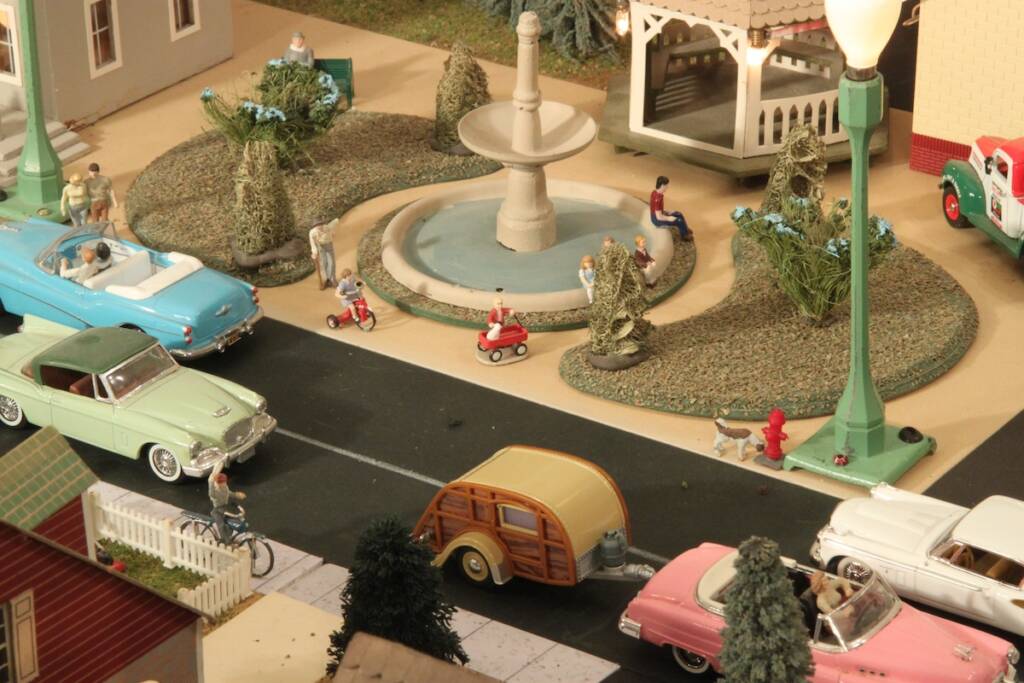
When my treasures finally pass on to my heirs, I trust that they will find the task of dealing with them less overwhelming than would have been the case with a huge collection and layout to dispose of. Who knows? They may even grow to love these old toys as much as I do, and decide to keep them.
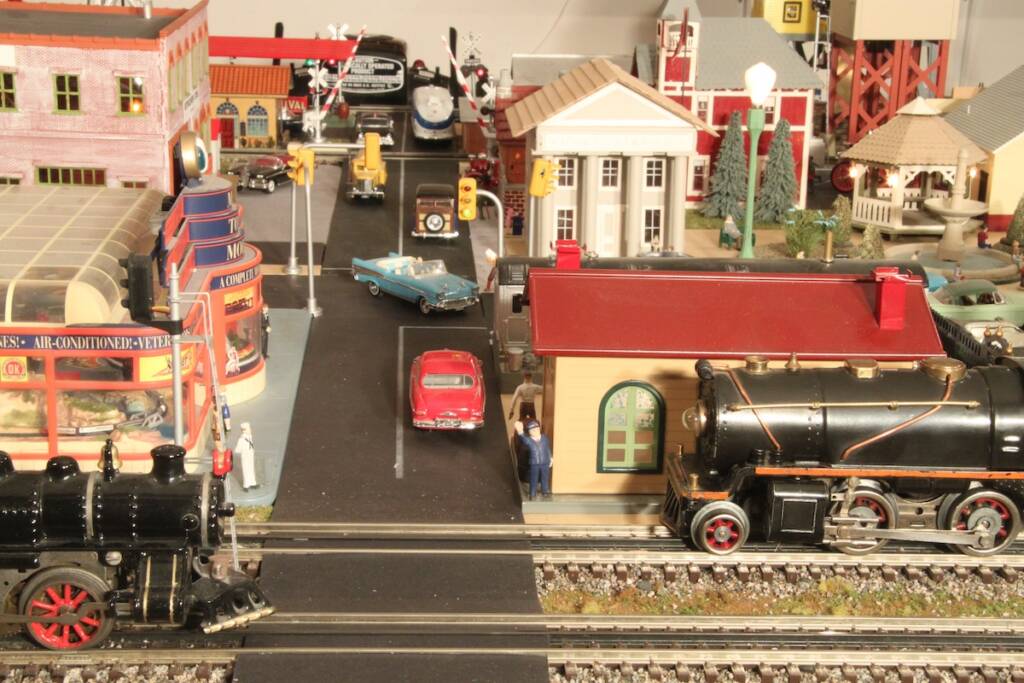
When my treasures finally pass on to my heirs, I trust that they will find the task of dealing with them less overwhelming than would have been the case with a huge collection and layout to dispose of. Who knows? They may even grow to love these old toys as much as I do, and decide to keep them.

